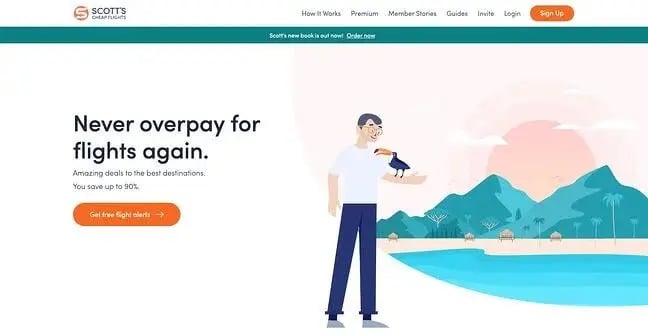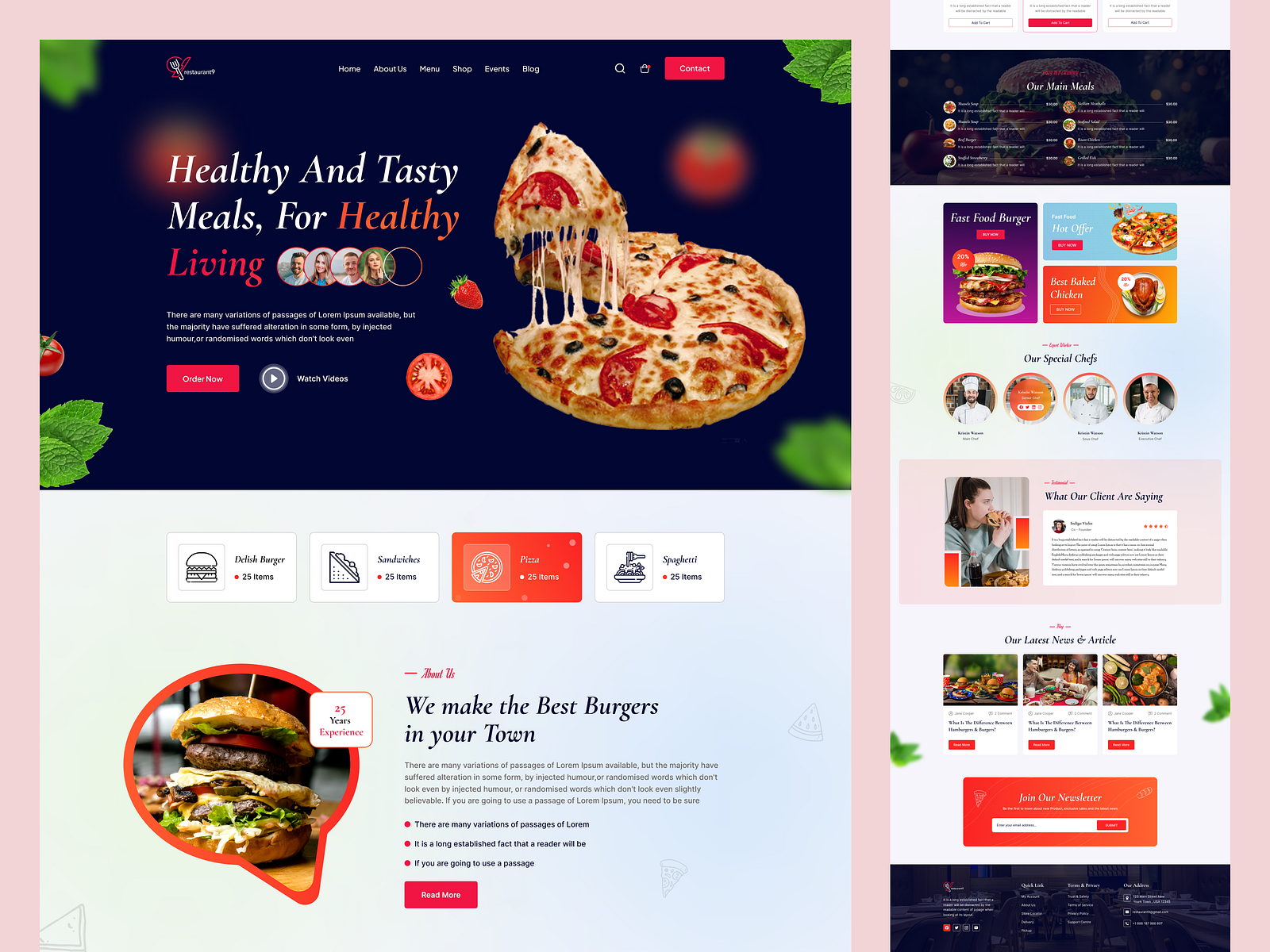What Makes a Modern Website Design Stand Out from the Competition
What Makes a Modern Website Design Stand Out from the Competition
Blog Article
Boost Engagement With Innovative Website Design Solutions
In the world of electronic interaction, the relevance of cutting-edge internet site style solutions can not be overemphasized. A thoughtfully crafted user experience, underpinned by critical visual layout and interactive elements, can considerably boost user involvement. By discovering different approaches such as receptive design and customized content, companies can create a platform that not just captivates customers but additionally cultivates lasting commitment. The obstacle exists in comprehending the nuances of individual habits and preferences. This increases an important concern: what specific strategies can be executed to ensure that a web site remains engaging and user-centric?

Comprehending User Experience
Recognizing individual experience (UX) is essential for creating reliable website style solutions, as it directly influences exactly how individuals engage with digital platforms. An extensive UX strategy encompasses different elements, including user, availability, and usability fulfillment, every one of which contribute to the overall efficiency of a site.
To begin with, use concentrates on just how easily customers can browse and discover the info they look for. Availability ensures that all customers, including those with disabilities, can effectively interact with the web site.
Additionally, understanding customer identities is vital for customizing the experience to satisfy certain audience demands. By conducting individual research study and testing, developers can gather understandings that notify style decisions, guaranteeing the website not only meets visual objectives yet likewise satisfies functional demands. Inevitably, a thoughtful approach to UX layout promotes interaction, motivates retention, and boosts total user complete satisfaction, which are essential for the success of any kind of electronic system.
Visual Layout Techniques
Integrating efficient aesthetic layout methods is vital for capturing individual attention and boosting the overall individual experience on a website. A well-thought-out aesthetic power structure overviews individuals with the web content, allowing them to conveniently soak up and browse information. This can be achieved with the critical use typography, color design, and spacing, which jointly create a natural and interesting format.
Color plays a crucial duty in stimulating emotions and developing brand identity. Utilizing a well balanced shade combination that lines up with the brand's principles can cultivate experience and trust fund. Furthermore, integrating top quality photos and graphics enhances visual charm and can considerably enhance individual interaction.
Whitespace, usually overlooked, is similarly vital as it enables material to take a breath and stops overwhelming individuals with clutter. It helps with much easier reading and comprehension, bring about an extra enjoyable browsing experience.
Finally, uniformity in design components-- such as switch fonts, symbols, and styles-- guarantees a seamless individual journey, strengthening the brand name's professionalism. By tactically implementing these visual design methods, sites can not just attract site visitors however additionally encourage them to stay longer and engage more deeply with the content.
Interactive Elements for Involvement
Engaging customers efficiently usually pivots on the implementation of interactive components that welcome participation and cultivate a dynamic surfing experience. These components, consisting of quizzes, surveys, and interactive infographics, encourage individuals to actively participate as more information opposed to passively eat web content. By integrating such features, websites can not just record attention yet additionally boost customer retention.

Gamification is another powerful approach. Including game-like aspects, such as success or incentives for completing jobs, can transform ordinary interactions right into enjoyable experiences. This approach not just increases involvement but also encourages individuals to return, creating a loyal target market.
Moreover, interactive components can facilitate social sharing, amplifying a website's reach. Features like comment areas, share switches, and user-generated content locations foster community interaction, turning visitors right into active participants. website design. Inevitably, the tactical use of interactive elements is important for creating a interesting and compelling web site that reverberates with users
Receptive and Adaptive Layout
A properly designed website needs to prioritize flexible and responsive style to ensure ideal user experiences throughout a variety of gadgets and display dimensions. Receptive design employs fluid grids and flexible photos, enabling the format to immediately readjust based upon the audience's display dimension. This method makes sure that customers can easily engage and browse with the material, no matter whether they are making use of a mobile phone, desktop computer, or tablet .
On the other hand, flexible layout utilizes predefined formats that are customized to specific gadget categories. This suggests that the web site discovers the kind of tool being used and offers helpful hints the ideal layout, which can boost packing times and enhance the screen of important elements. While both strategies intend to improve functionality, responsive design is often preferred for its fluidity and seamless shift between tools.
Including receptive and flexible layout not just boosts individual fulfillment but additionally favorably impacts search engine positions. Search engines focus on mobile-friendly sites, thus increasing exposure and attracting more visitors. Therefore, purchasing these design methods is essential for organizations aiming to involve their target market efficiently and maintain a competitive side in today's digital landscape.
Analyzing User Responses and Information
User comments and information evaluation are important parts of effective internet site design, as they offer valuable understandings into individual behavior and preferences. By methodically accumulating and examining user feedback through surveys, usability screening, and analytics tools, designers can determine pain factors and areas for improvement. This data-driven method makes it possible for organizations to fine-tune their web site important source components, making sure that the customer experience straightens with target market assumptions.
Evaluating metrics such as bounce rates, time on web page, and click-through rates supplies a quantitative viewpoint on individual involvement. These metrics help designers discern which web content resonates and which locations may call for optimization. In addition, A/B testing can be used to review variations in style, allowing designers to make educated decisions based upon customer interactions.
Incorporating individual comments not only enhances website usability but also cultivates a feeling of area and depend on. Involving with customers through comments loops cultivates commitment and motivates repeat gos to. Inevitably, leveraging customer comments and information evaluation is important to developing a vibrant, user-centered site that adapts to developing user requirements and preferences, consequently driving higher involvement and contentment.
Final Thought

A thoughtfully crafted user experience, underpinned by critical aesthetic layout and interactive elements, can dramatically boost user interaction.Including reliable aesthetic layout methods is necessary for capturing customer attention and enhancing the total individual experience on an internet site.Customer feedback and data evaluation are vital elements of effective site design, as they provide important understandings into customer behavior and choices. Inevitably, leveraging user comments and data analysis is important to producing a vibrant, user-centered internet site that adapts to evolving individual requirements and preferences, therefore driving higher involvement and satisfaction.
In final thought, innovative internet site layout remedies dramatically improve user interaction by prioritizing customer experience, utilizing reliable visual methods, and incorporating interactive aspects.
Report this page